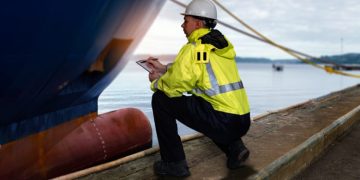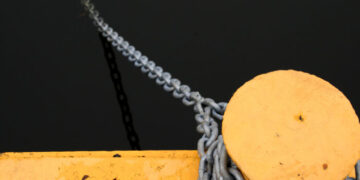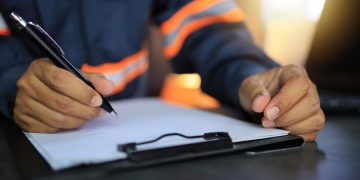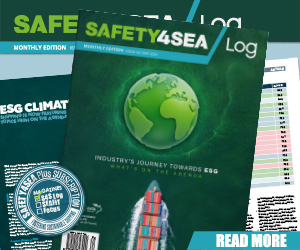New person weight for liferafts
What are the consequences? Reference is made to the revised LSA Code, applicable from 1 January 2012, where the person weight for the design and testing of liferafts has been increased from 75 to 82.5 kg.Until further notice, the following preliminary IACS position shall be DNV practice:All ships constructed (keel laid) on or after 1 January 2012 should carry liferafts approved on the basis of an average person mass of occupants of 82.5kg. The SWL of any davits installed for launching these liferafts should be approved on the basis of an average person mass of occupants of 82.5kg.All ships constructed before 1 January 2012 may continue to use inflatable liferafts approved on the basis of an average person mass of occupants of 75kg unless such rafts are "replaced". Replaced liferafts do not include rafts which are "exchanged" for servicing, in cases where Owners have made arrangements with service firms to exchange such liferafts. As such, "82.5kg inflatable liferafts" are only required when "75kg inflatable liferafts" are "replaced" due to damage, upgrade of equipment, etc.On passenger ships constructed before 1 January 2012, MSC.1/Circ.1347 permits the determination of the required SWL of a liferaft launching appliance to continue to be based on ...
Read more























































